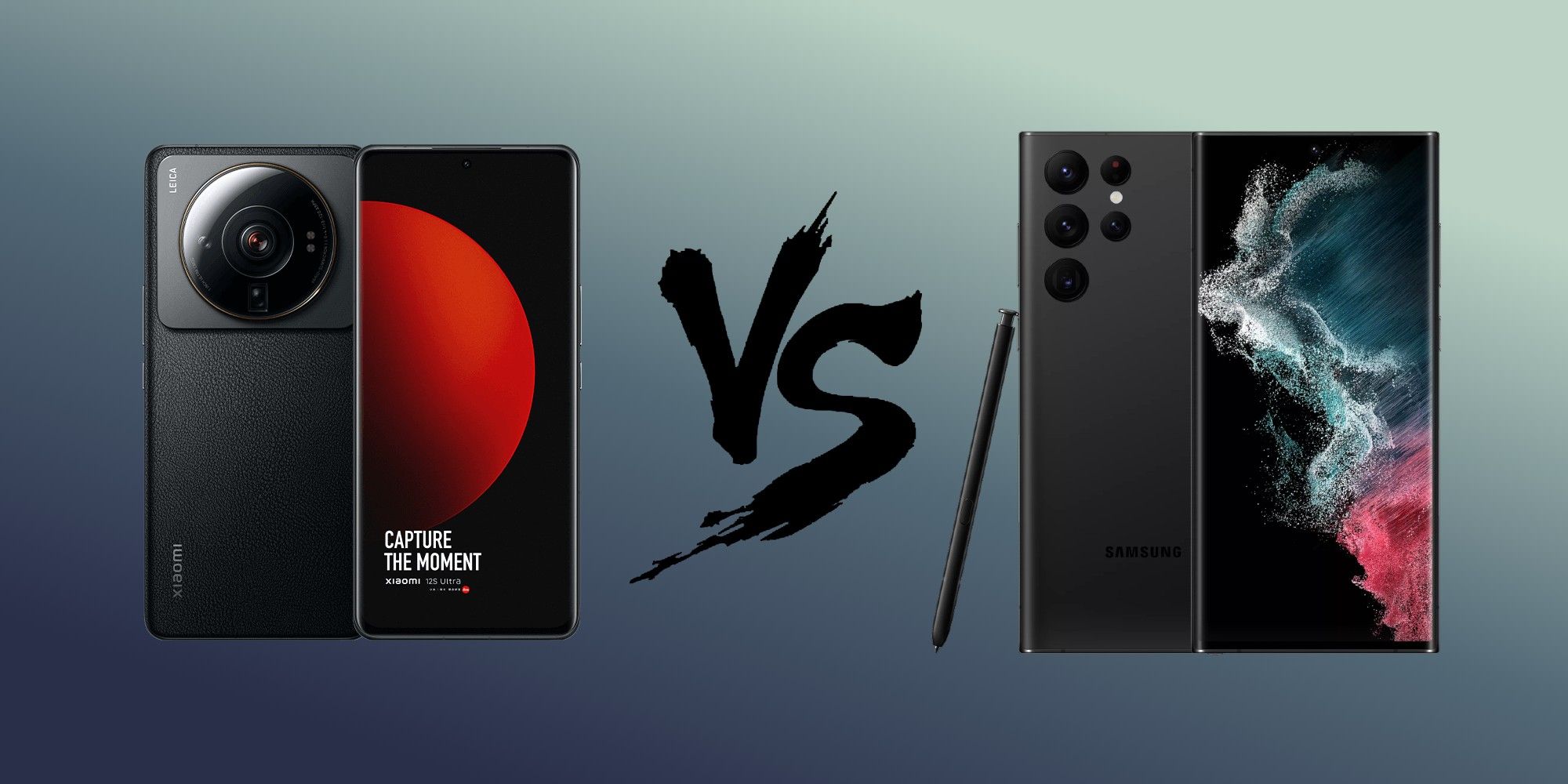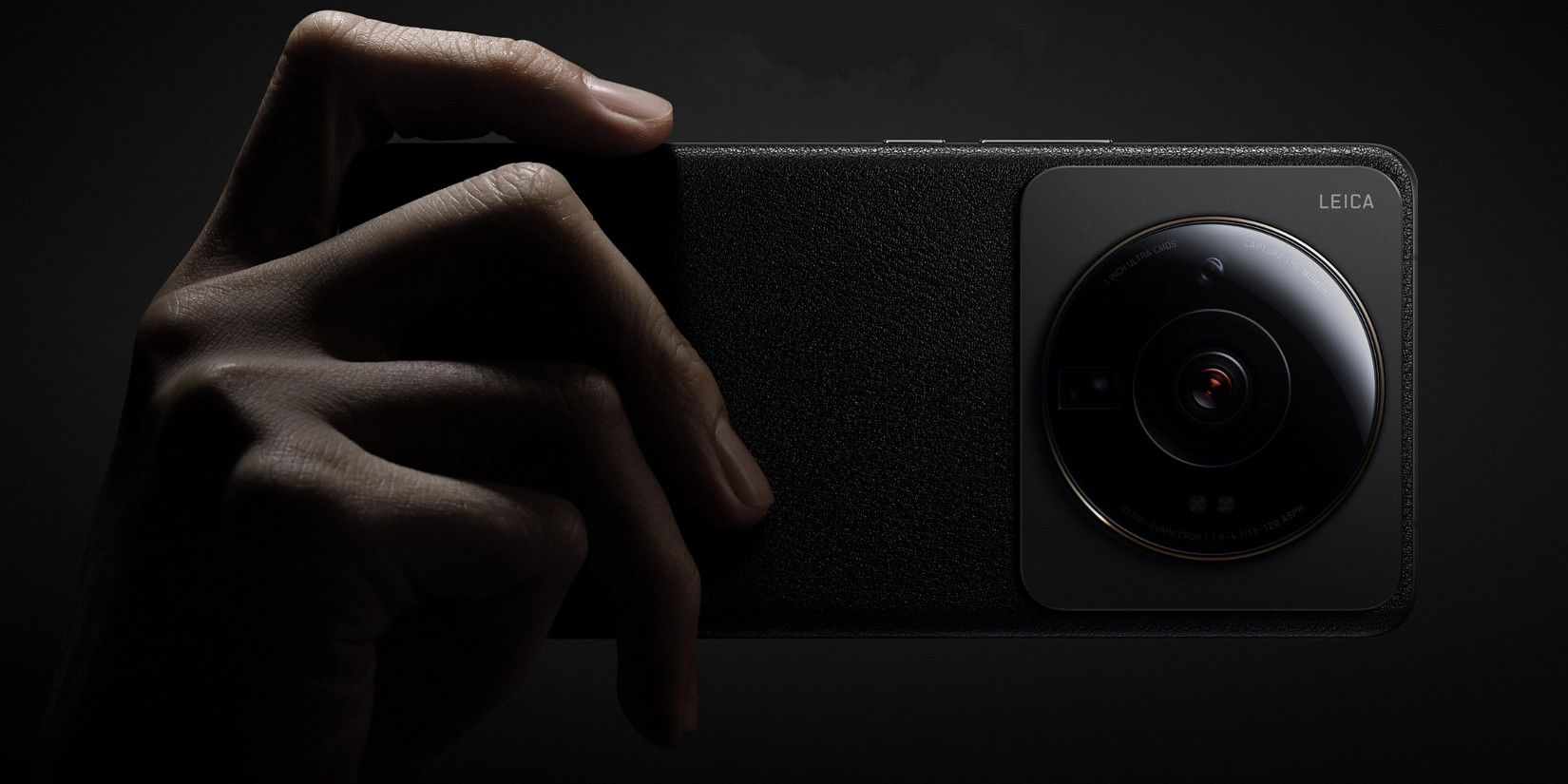The Xiaomi 12S Ultra boasts a massive camera sensor and powerful hardware, but is that enough to challenge the Galaxy S22 Ultra? The 12S Ultra is one of three phones Xiaomi has launched in partnership with Leica, the other two being the Xiaomi 12S and Xiaomi 12S Pro. The partnership is expected to span multiple years, so Leica's logo will continue to appear on Xiaomi flagships for the foreseeable future.
Samsung's Galaxy S22 Ultra is one of the best Android smartphones on the market, but it has its fair share of competition from Chinese brands. From the Oppo Find X5 Pro to the Vivo X Note to the ZTE Axon 40 Ultra, the Galaxy S22 Ultra is the device to beat in 2022. Now, it is the Xiaomi 12S Ultra's turn to battle it out with Samsung's top-of-the-line flagship.
The difference in the design choices Xiaomi and Samsung have made for their respective flagships are as clear as night and day. The Xiaomi 12S Ultra has a curved display, a metal frame, and a vegan leather-clad back. However, what's really striking about its design is the humongous circular camera bump on the back. The Galaxy S22 Ultra also has a curved display with a centered punch hole and a frame that is made from aluminum. In addition, the back, which is also curved at the edges, is covered in Gorilla Glass Victus+, just like the display. Both phones have an IP68 dust and water resistance rating.
The Xiaomi 12S Ultra Has Powerful Hardware
The Xiaomi 12S Ultra is the smaller of the two with its 6.73-inch 3,200 × 1,440 pixel AMOLED display. The 10-bit screen is a second-generation LTPO panel that dynamically switches its refresh rate between 1Hz and 120Hz. It also supports HDR10+, Dolby Vision, and has an under-display fingerprint scanner that is capable of measuring heart rate. Samsung has a slightly bigger 6.8-inch 3,088 × 1,440 display. It's also an LTPO panel with a 120Hz refresh rate and an under-display fingerprint scanner, but it only supports HDR10+. Samsung's display is brighter with a peak brightness of 1,750 nits compared to the Xiaomi 12S Ultra's 1,500 nits. The Galaxy S22 Ultra is available in two variants – one with a Snapdragon 8 Gen 1 processor and another with an Exynos 2200 chip. However, both fall slightly short of the Snapdragon 8+ Gen 1 that drives the 12S Ultra. Xiaomi's phone is available with up to 12GB of RAM and 512GB of storage. The S22 Ultra comes in 8GB or 12GB RAM configurations and maxes out at 1TB for the built-in storage.
As for the cameras, the Xiaomi 12S Ultra has a 1-inch 50MP f/1.9 Sony sensor with OIS, a 48MP ultra-wide lens with a 128-degree field of view, and a 48MP periscope camera with 5x optical zoom. It also packs a few Leica technologies including filters for photos and videos. Plus, it's capable of shooting in a 10bit RAW format. In contrast, the Galaxy S22 Ultra has a 108MP f/1.8 camera with OIS, a 12MP ultra-wide camera with a 120-degree field of view, a 10MP telephoto camera with 10x optical zoom, and a second 10MP telephoto camera with 3x optical zoom. In the front, the Galaxy S22 Ultra packs a 40MP sensor while the Xiaomi 12S Ultra sports a 32MP sensor. While a camera comparison will determine which phone comes out on top, the 12S Ultra has the better hardware.
Those who pick up the Galaxy S22 Ultra will find it heavier, partly due to its bigger 5,000mAh battery. It supports 45W fast wired charging, 15W wireless charging, and 4.5W reverse wireless charging. In contrast, the Xiaomi 12S Ultra has a slightly smaller 4,860mAh battery but supports 67W fast wired charging and 50W fast wireless charging. It also supports 10W reverse wireless charging. Not only does Xiaomi's phone charge significantly faster, but it comes with a charger in the box, unlike Samsung's flagship.
Both phones run Android 12 out of the box with their custom user interfaces – OneUI 4.1 for the Galaxy S22 Ultra and MIUI 13 for the Xiaomi 12S Ultra. However, Samsung offers better software support as it promises four years of OS upgrades and five years of security updates in comparison to Xiaomi's three years of OS upgrades and four years of security updates. Plus, the Galaxy S22 Ultra has a built-in stylus which is a bonus. The Xiaomi 12S Ultra boasts a unique design and bests the Galaxy S22 Ultra in several key areas. In addition, it is also cheaper with a starting price of ¥5,999 (~$893) for the base model with 8GB RAM and 256GB storage. In comparison, the Galaxy S22 Ultra starts at $1,199 for the base model which has 8GB RAM and 128GB storage. Unfortunately, the Xiaomi 12s Ultra won't be available outside China, which gives Samsung the upper hand.


